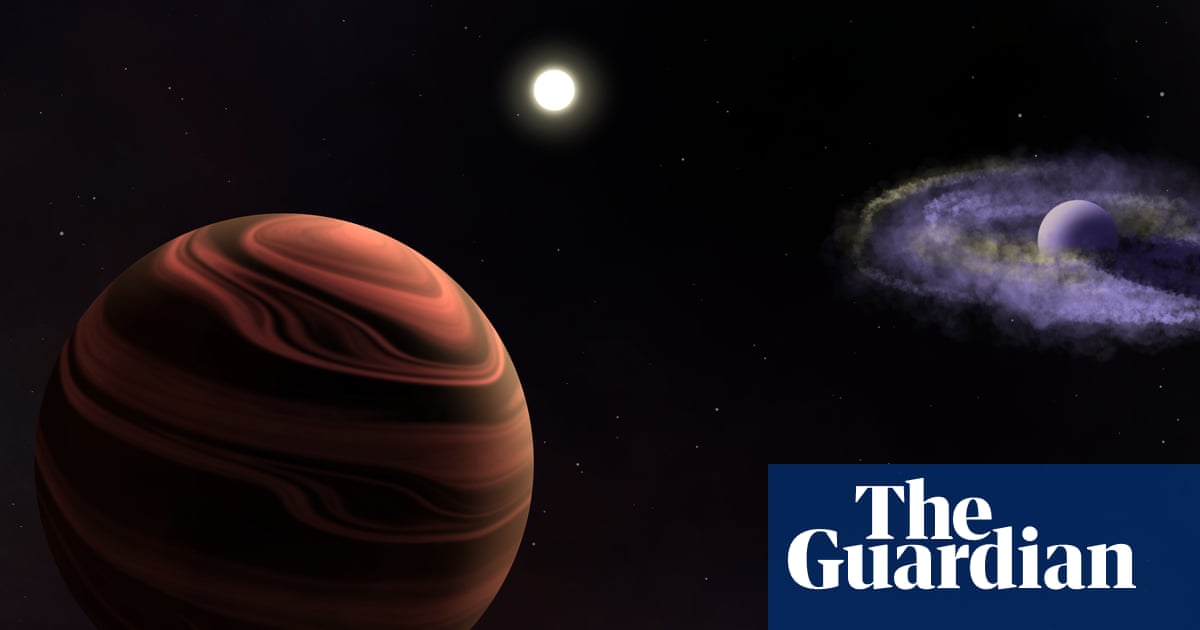In a distant star system 307 light years away, astronomers have discovered something intriguing. The newly identified star, YSES-1, is about 1 million years old—a baby in cosmic terms. It’s surrounded by two massive gas giants, larger than Jupiter.
Using the James Webb Space Telescope (JWST), scientists spotted high-altitude clouds, likely made of mineral dust and possibly iron. When these clouds rain, they might release iron onto the planet’s surface. Dr. Kielan Hoch, an astrophysicist at the Space Telescope Science Institute, highlighted that this young system provides a unique chance to study how planets form.
“There are only a few known multiplanet systems we’ve been able to image directly,” Hoch explained. “These offer a rare window into the evolution of planets in similar environments.” The findings in the recent study were published in Nature.
The telescope picked up clouds unlike those on Earth. Instead of water vapor, these clouds consist of magnesium silicate dust and iron, suggesting a radically different atmosphere. Remarkably, the JWST captured both planets in its view, allowing for a double discovery. The smaller one, named YSES-1c, is six times the mass of Jupiter. The larger one, YSES-1b, is a whopping 14 times Jupiter’s mass.
Interestingly, YSES-1b still has a thick disk of material surrounding it. This is puzzling for scientists because such disks usually dissipate within 5 million years. “Why does YSES-1b retain its material while YSES-1c does not?” Hoch pondered. This observation raises questions about the differences in planet formation and suggests that current models may need updating.
The JWST, a groundbreaking $10 billion telescope launched in December 2021, has already transformed our understanding of the universe. It’s not just capturing views of distant galaxies; it’s giving us tantalizing hints about possible life beyond Earth and shedding light on celestial phenomena like black hole collisions.
These discoveries highlight the advantages of advanced technology in astronomy. With continued research, scientists hope to unravel the mysteries of planetary systems and understand better how worlds like ours come to be.
For more information on early galaxy formation, you can read related findings here.




















